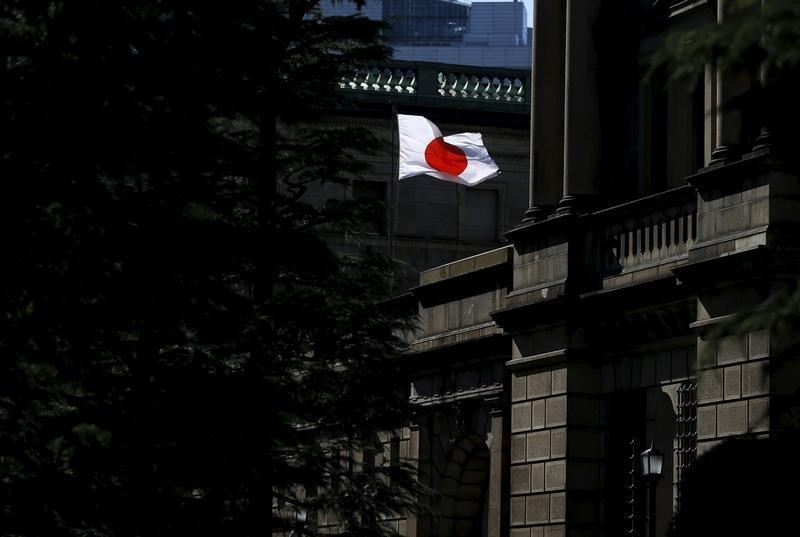Investing.com– Analysts expect the Bank of Japan to potentially further tweak its yield curve control (YCC) policy when it meets on Tuesday after recent data showed an uptick in Japanese inflation, while rising bond yields and a weakened also piled on pressure.
While the central bank is widely expected to , signs of sticky inflation could see the bank potentially widen its yield curve control band- somewhat tightening monetary conditions in an otherwise ultra-loose environment.
Recent media reports- from and Bloomberg- also suggested that the bank was considering such a move, amid mounting pressure from a sell-off in bond markets through October.
, which the BOJ currently allows to trade in a band of -1% to 1% under the YCC policy, were close to testing the central bank’s upper target. 10-year yields hit an over 10-year high of 0.89% on Monday.
The bank was seen intervening in bond markets several times through October to calm overheated yields.
Bank of America analysts said that the BOJ could potentially widen its YCC target range to -1.5% to 1.5%. Analysts at ING said that the bank may leave its current 1% range intact, but instead raise the midpoint target for the range to 0.25% or 0.5% from 0%.
“The weakening yen is putting more pressure on inflation, which will eventually hurt consumption, and a sharp rise in rates will likely hurt business investment. Increasing bond purchase operations, meanwhile, will put more of a burden on the BOJ,” ING analysts wrote in a recent note.
A change in the BOJ’s inflation forecasts is widely expected, given that core inflation- which excludes volatile fresh food prices- has exceeded the bank’s 2% target for 18 months running.
A change in its gross domestic product (GDP) outlook is also expected, given that he Japanese economy has remained resilient this year. grew at a steady pace in the first two quarters.
Still, the BOJ has been struggling to maintain a balancing act between providing the Japanese economy with enough stimulus and navigating a steep decline in the yen and a sharp increase in bond yields- both of which could prove to be destabilizing factors for the world’s third-largest economy.
While analysts expect a broader shift away from the BOJ’s ultra-dovish stance in 2024, the central bank has remained largely tight-lipped over such a move. The pivot is also expected to be gradual.
Since the implementation of the YCC policy, the BOJ has tweaked the policy only twice- once in July this year and once in December 2022. Both moves came as the BOJ grappled with a severe decline in the yen, as well as surging bond yields.
Read the full article here











Leave a Reply